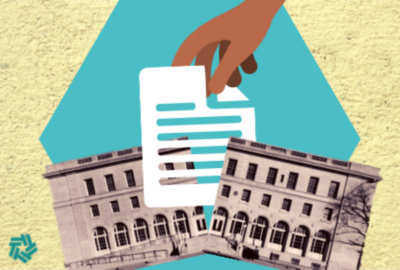Dan Commons is the U.S. Department of Education (Department) office of Federal Student Aid (FSA) chief information security officer (CISO) and director of information technology risk management. FSA administers the federal student financial aid programs, which—in fiscal year 2018—provided more than $122 billion in federal grants, loans, and work-study funds to approximately 13 million students at nearly 6,000 participating schools. In total, FSA manages a federal student loan portfolio valued at $1.4 trillion representing more than 43 million customers.
Under Mr. Commons’ leadership, staff implements the FSA portions of the Department’s Federal Information Security Management Act and cybersecurity requirements. Such requirements include developing and maintaining specific information security and privacy services to assure the availability and confidentiality of the FSA portfolio, which contains personally identifiable information. As the FSA CISO, Mr. Commons is responsible for 80 percent of the Department’s High Value Assets hosted in multiple FSA-managed data centers, third-party facilities, and Federal Risk and Authorization Management Program cloud facilities. Mr. Commons has initiated a tiger team to review, rewrite, or eliminate 150 process documents and guides that were out of date, redundant, or not required, while fostering a customer-focused, risk-based organization. The tiger team effort reduced the authority to operate processing time from nine months to three months.
Mr. Commons has served in a number of leadership roles at FSA, including as the acting director for information assurance services, as well as the chief for cybersecurity operations. Prior to that, he served in senior positions at the Defense Information Systems Agency, ARTEL, and as an active duty member of the U.S. Air Force.
With more than 34 years of federal service and 19 years of information assurance experience, Mr. Commons is recognized as a cybersecurity expert providing a broad-based set of skills encompassing the full spectrum of financial, acquisition, program management, and cybersecurity technical skills. He was recently recognized as a 2018 Cybersecurity Leader of the Year by FedScoop and has received major military awards, such as the National Defense Service Medal, the Global War on Terrorism Medal, and the Air Force Commendation Medal.
Mr. Commons earned a bachelor’s degree from Oregon State University and a master’s degree from Northern Montana University.










